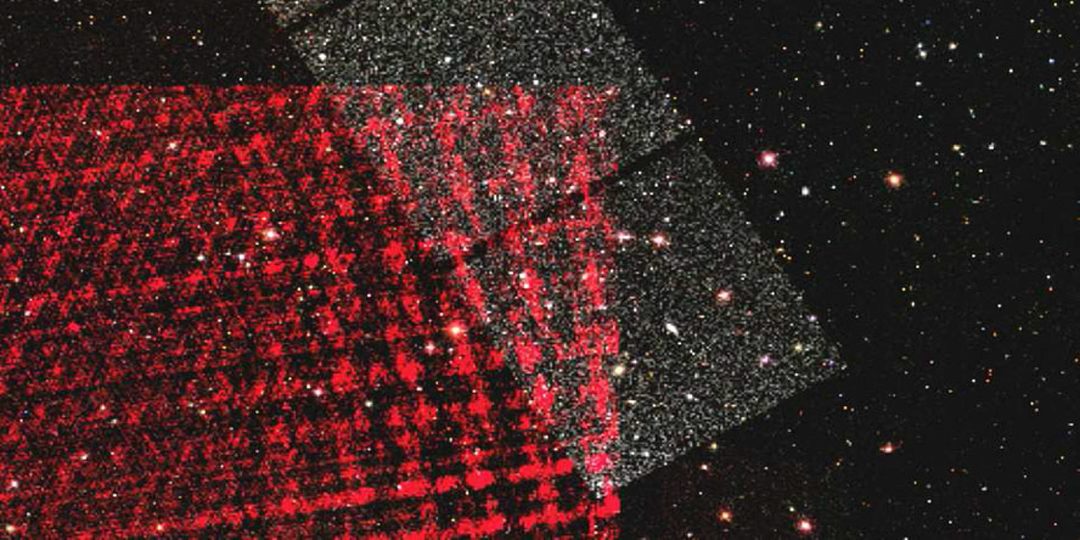Large-Scale Overlays and Trends: Visually Mining, Panning and Zooming the Observable Universe
July 1st, 2014
Categories: Applications, Visualization

Authors
Luciani, T., Cherinka, B., Oliphant, D., Myers, S., Wood-Vasey, W. M., Labrinidis, A., Marai, G. E.About
We introduce a web-based computing infrastructure to assist the visual integration, mining and interactive navigation of large-scale astronomy observations. Following an analysis of the application domain, we design a client-server architecture to fetch distributed image data and to partition local data into a spatial index structure that allows prefix-matching of spatial objects. In conjunction with hardware-accelerated pixel-based overlays and an online cross-registration pipeline, this approach allows the fetching, displaying, panning and zooming of gigabit panoramas of the sky in real time. To further facilitate the integration and mining of spatial and non-spatial data, we introduce interactive trend images - compact visual representations for identifying outlier objects and for studying trends within large collections of spatial objects of a given class. In a demonstration, images from three sky surveys
(SDSS, FIRST and simulated LSST results) are cross-registered and integrated as overlays, allowing cross-spectrum analysis of astronomy observations. Trend images are interactively generated from catalog data and used to visually mine astronomy observations of similar type. The front-end of the infrastructure uses the web technologies WebGL and HTML5 to enable cross-platform, web-based functionality. Our approach attains interactive rendering frame rates; its power and flexibility enables it to serve the needs of the astronomy community. Evaluation on three case studies, as well as feedback from domain experts emphasize the benefits of this visual approach to the observational astronomy field; and its potential benefits to large scale geospatial visualization in general.
Index Terms: Data fusion and integration, scalability issues, geographic/geospatial visualization
Resources
Citation
Luciani, T., Cherinka, B., Oliphant, D., Myers, S., Wood-Vasey, W. M., Labrinidis, A., Marai, G. E., Large-Scale Overlays and Trends: Visually Mining, Panning and Zooming the Observable Universe, IEEE Transactions on Visualization and Computer Graphics, no 7, pp. 1-14, July 1st, 2014.